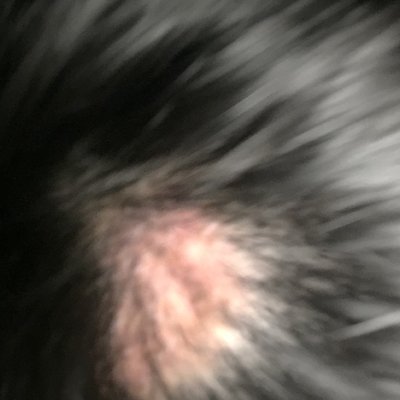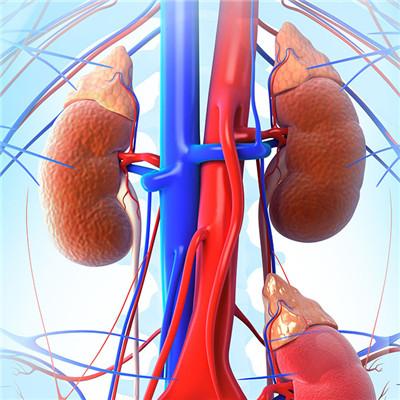What symptom is pancreatic icterus
summary
Jaundice is known by many people, especially for mothers who have given birth to babies. Jaundice is a common symptom and sign. Its occurrence is due to the increase of serum bilirubin concentration caused by bilirubin metabolism disorder. However, there are many people who do not suffer from pancreatic cancer will also appear jaundice symptoms, let's share some experience.
What symptom is pancreatic icterus
First, epigastric discomfort and dull pain are the most common initial symptoms of pancreatic cancer. Tumor often causes obstruction of pancreatic duct or biliary tract. Although jaundice has not yet been caused, the bile excretion is not smooth, the pressure in the bile duct is increased, and the bile duct and gallbladder are dilated to varying degrees. Patients can feel abdominal discomfort and hidden pain. In the past, it was emphasized that the typical symptom of pancreatic head cancer was painless jaundice. In fact, as the first symptom, painless jaundice only occurred in 10% - 30% of patients. Abdominal pain is still a common symptom in patients with pancreatic head cancer. For carcinoma of the body and tail of the pancreas, the incidence of abdominal pain is higher, and the abdominal plexus may be involved with significant upper abdominal pain and low back pain. The appearance of this symptom often indicates that the disease has entered the advanced stage.

Second, obstructive jaundice is a prominent manifestation of pancreatic head cancer. Jaundice may appear earlier if the tumor is near the ampulla. Jaundice is often persistent and progressive. The color of stool became light, even clay. The skin is brown or bronze with pruritus.

Third: in addition to obstructive jaundice, carcinoma of the head of pancreas often causes gallbladder enlargement, which can be clearly palpable in the right upper abdomen. Obstructive jaundice with large choledochal cyst often indicates the possibility of periampullary tumor.

matters needing attention
Physical examination in addition to jaundice, there may be abdominal tenderness. In the late stage, nodular and hard masses can be found in the upper abdomen. If jaundice accompanied by gallbladder enlargement, it is an important basis for pancreatic head cancer. Due to cholestasis, liver enlargement is often palpable. If the cancer oppresses the splenic vein or the splenic vein thrombosis, the splenomegaly can be palpated.














